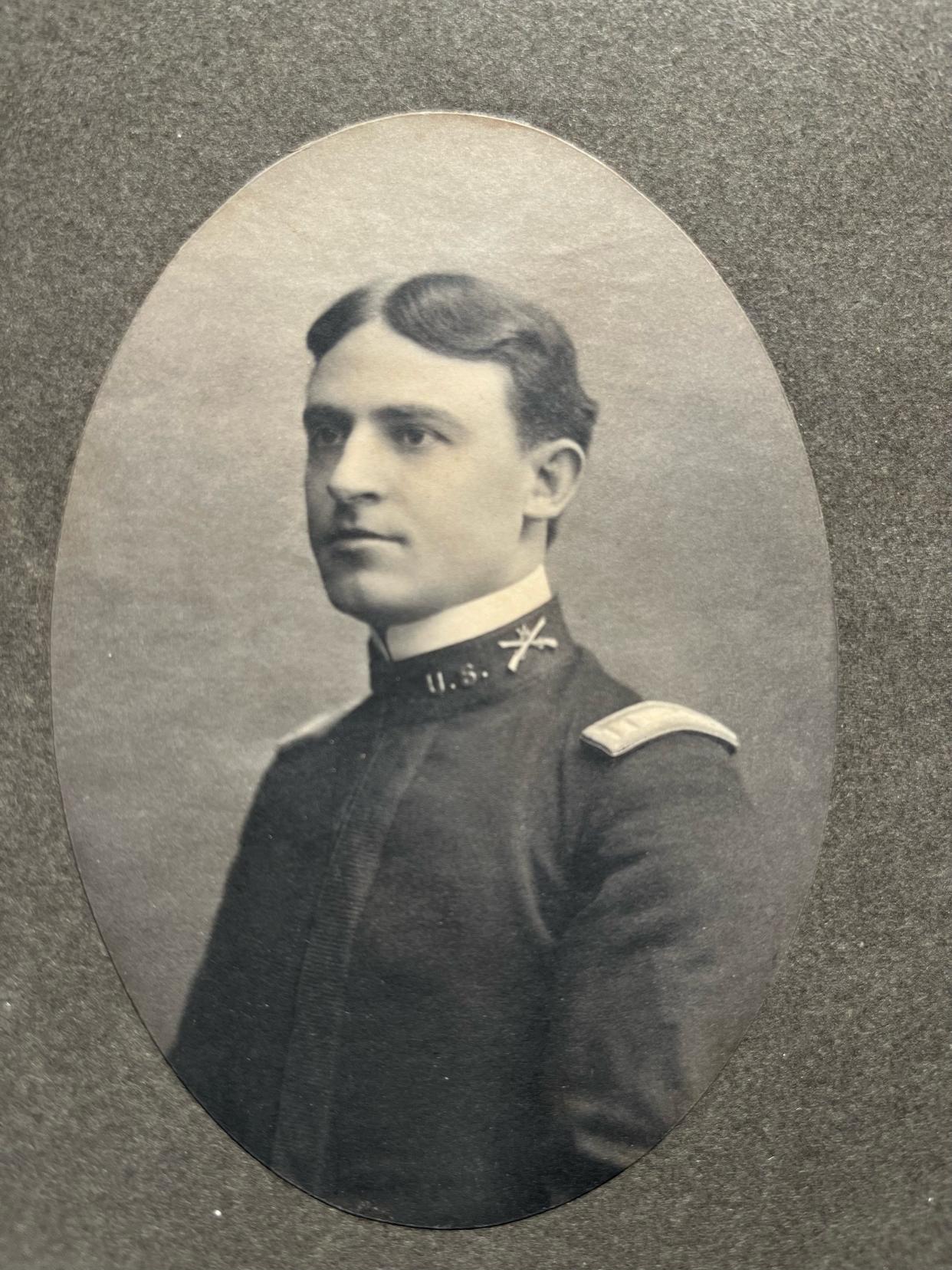Veterans column: Perry Miles experiences seasickness on his way to Manila, via Honolulu

On May 25, 1898, 1st Lt. Perry Miles sailed with the American Expeditionary Force from San Francisco on his first ocean voyage bound for Manila.
In his memoir, “Fallen Leaves: Memories of an Old Soldier,” after returning to his room and seeing the “greenish pallor” of his face in the mirror he surmised he was seasick. This fact was further substantiated as he mentioned discovering the use for the “handy receptacle on my bunk.” Miles continued that at the time he felt that it was “evidence of physical weakness” but later learned that the “crossing to the bar at the exit from a bay or inlet is always the most critical of all places to one subject to seasickness. I had no interest at all in dinner and tried to shut out all the odors from the enlisted men’s suppers being eaten in the passageway outside my door.
Veterans column: Perry Miles describes journey to Philippines, his first ocean voyage
“In a short time, I learned that I could still keep an interest in life if I stuck to my bunk but it required several painful wrenches of an empty stomach each time I tried standing on my feet before I convinced myself that the bunk was the place for me. The next morning, I made another attempt to get up again and laugh off this mirth-provoking illness of the sea, but only to be laid low again. I learned when too late that I should have eaten a dry cracker or two before rising. I believe that I spent most of the day, too, before I could move about and that my stomach and its contents could again be considered as a single entity instead of a structure with a sensitive and too responsive elevator service. By the next day, I had that thoroughly washed out and renovated feeling that placed me in the front ranks of stomach well-being. Now I could go happily anywhere on the ship, attend to my full company duties and see other men in the same kind of distress that I had suffered without causing any more relapsing consequences than an understanding sympathy.”
Six days after leaving San Francisco, the three ships carrying American troops docked at Honolulu. Over the next few days, the soldiers experienced Hawaiian hospitality.
Veterans column: USS Maine sinking, war against Spain launches Perry Miles' military career
A few days later, the three passenger ships carrying the 2,500 soldiers sailed from Honolulu Harbor and were accompanied by the USS Charleston. Unbeknownst to Miles, the captain of the Charleston had sealed orders that were not to be opened until the day after leaving port. When the orders were opened, the expeditionary force learned that they were to stop in Guam before proceeding to Manila. There were reports that some of the ships of the Spanish fleet that were presumed destroyed by Admiral Dewey in Manila Bay were unaccounted for. The Navy believed that one of those vessels was in the waters near the Spanish-controlled island of Guam. There was some concern about the possible outcome of a battle near Guam if the Spanish ship was there. Miles wrote that the USS Charleston would have no problem beating the Spanish ship, but if there were land defenses on Guam firing at the cruiser, there could be problems.
Doug Stout is the Licking County Library local history coordinator. You may contact him at 740.349.5571 or dstout@lickingcountylibrary.org.
This article originally appeared on The Columbus Dispatch: Veterans column: Perry Miles gets seasick during first ocean voyage

